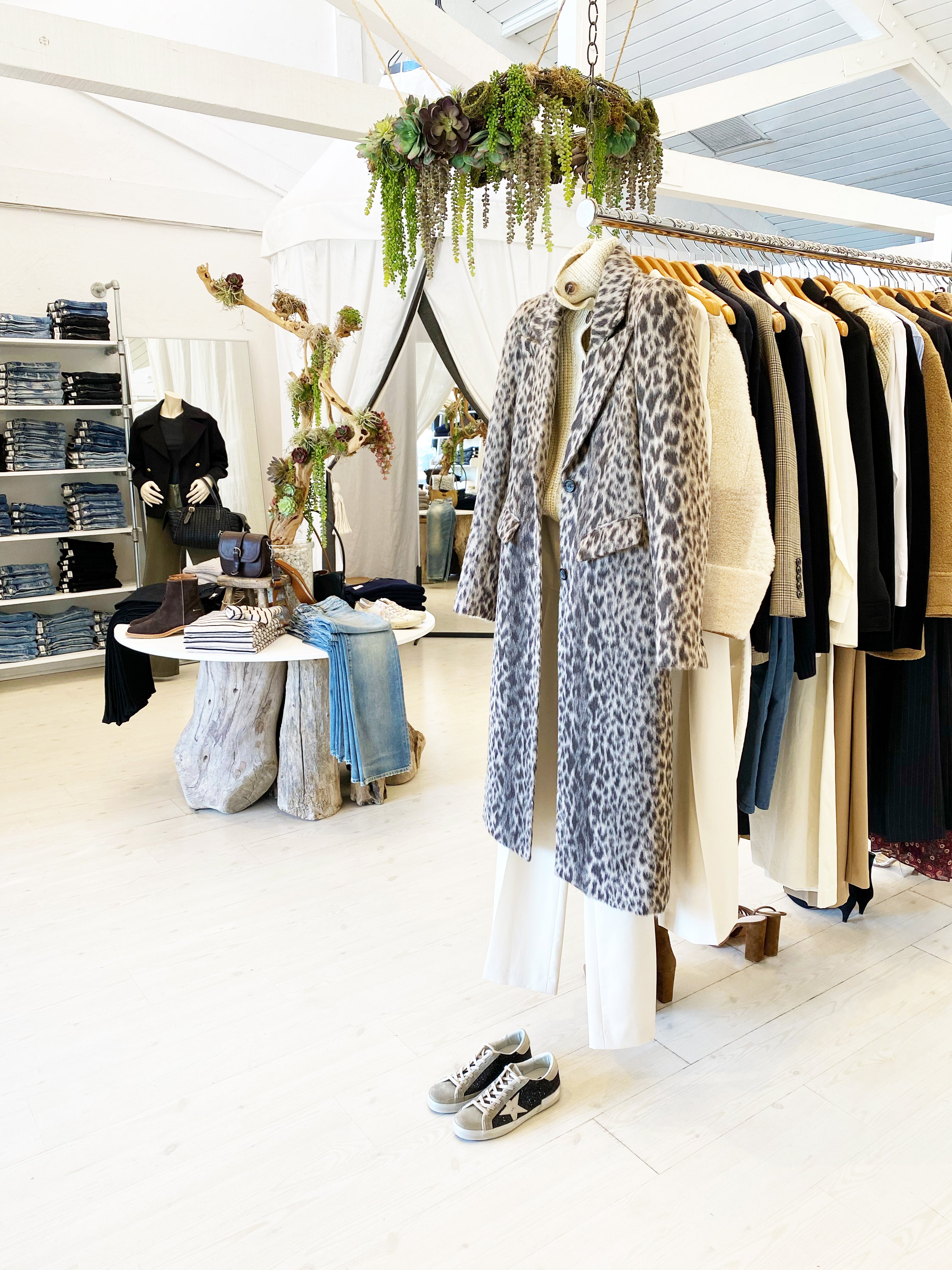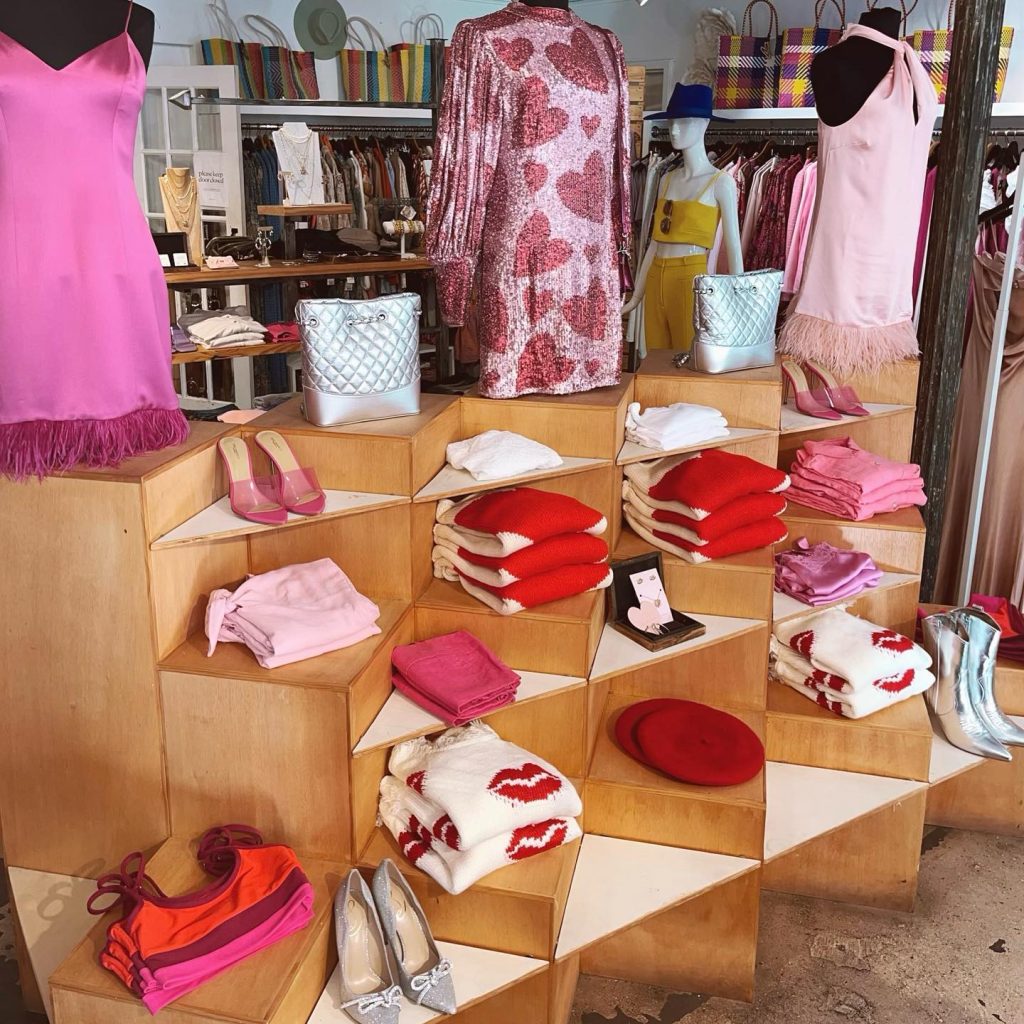Revealing the Secrets Behind Cost Effective Boutique Fashion
Wiki Article
Discovering the Development and Influence of Garments on Modern Fashion Trends
The development of clothing has dramatically affected contemporary style patterns, merging historic precedents with sophisticated advancements. Legendary figures like Coco Chanel and Yves Saint Laurent revolutionized the fashion sector by introducing principles that prioritize convenience and access, which proceed to resonate today.Historic Fashion Influencers
In the tapestry of fashion history, certain numbers have actually left an indelible mark, forming the fads and designs that specify entire periods. Coco Chanel, an innovative developer, redefined women's fashion by presenting comfortable, classy garments that left from limiting corsets. Her renowned Chanel match and little black gown have actually come to be timeless staples in wardrobes worldwide. Christian Dior's post-war "New Look" in 1947, with its event of feminineness through full skirts and cinched midsections, noted a return to opulence and has actually proceeded to influence designers.Elsa Schiaparelli is an additional critical figure, renowned for her avant-garde layouts that included surrealist art, working together with Salvador Dalí to develop whimsical pieces that tested standard aesthetics. Her ingenious usage of color and strong patterns resounds in contemporary style. Yves Saint Laurent, meanwhile, democratized haute couture with prêt-à-porter collections, bringing path styles to the masses and establishing a precedent for contemporary ready-to-wear lines.
These dreamers, to name a few, not just reinvented fashion in their times but additionally established sustaining patterns that reverberate in today's fashion business, providing a structure whereupon contemporary developers remain to introduce and build. Their legacies emphasize the importance of creativity and bold in vogue's ever-evolving story.
Technical Developments in Fashion
Amidst the dynamic landscape of the apparel industry, technological developments stand at the forefront of technology, improving how developers develop and consumers engage with fashion. The assimilation of 3D printing has actually reinvented layout processes, making it possible for designers to explore complex structures and lasting products that were previously inconceivable. This technology helps with fast prototyping, reducing waste and accelerating production times.
Smart textiles, installing technology into materials, are additionally changing the industry. Developments like temperature-regulating and self-cleaning textiles provide boosted capability and convenience. Wearable innovation, integrating attributes like physical fitness monitoring and communication, includes a brand-new dimension to style, combining aesthetic appeals with practicality.
Cultural Changes and Style
As technical advancements remain to reshape the garment industry, cultural changes are similarly influential, redefining style and customer choices. In recent years, the surge of social media systems has actually accelerated the dissemination of international fashion trends, enabling varied cultural impacts to exist together and converge. This electronic interconnectivity has facilitated the rapid exchange of concepts, causing a more inclusive and diverse interpretation of style that mirrors the multifaceted nature of modern culture.Social awareness and appreciation have actually triggered developers to draw motivation from a wider spectrum of historical and ethnic contexts, incorporating conventional concepts with modern visual appeals. This combination has actually led to style that reverberates with a wider target market, advertising a sense of identification and belonging throughout various demographics. In addition, the boosting demand for personalization has actually driven brands to use customizable choices, making it possible for customers to reveal originality while showing their cultural heritage.
Moreover, moving social worths have actually impacted style, with inclusivity and variety ending up being main motifs. The industry has begun to embrace designs and influencers of various body kinds, ethnic cultures, and gender identities, challenging conventional beauty criteria. This improvement underscores the power of cultural changes in forming the future of style, as design comes to be a more authentic expression of personal and collective identification.
Sustainability and Modern Layout
While the apparel industry remains to develop, the imperative for sustainability has actually become increasingly urgent, affecting modern-day design methods. This change aims to deal with ethical factors to consider and environmental worries, leading to a reevaluation of conventional production approaches. Developers are now integrating sustainable materials, such as organic cotton, recycled polyester, and naturally degradable materials, into their collections, lowering the eco-friendly impact of fashion. The rise of slow style, which stresses high quality over quantity, encourages consumers to buy ageless pieces rather than transient patterns.Moreover, modern-day style is characterized by its technology in minimizing waste and More about the author promoting circularity. Techniques such as zero-waste pattern cutting and 3D knitting are obtaining grip, permitting designers to create garments with very little fabric wastefulness. Additionally, brand names are taking on transparent supply chains, ensuring responsibility and fostering consumer trust. This approach not just mitigates environmental effect however additionally improves the social obligation of fashion residences.

Future Trends in Fashion

Sustainability will certainly remain to be a driving pressure in shaping future fashion trends. The industry is significantly adopting green materials and ethical manufacturing methods, replying to an expanding customer need for responsible techniques. Developments such as bio-fabricated materials and closed-loop recycling systems are readied to redefine how apparel is produced and consumed, reducing environmental influence while maintaining style and quality.
Social shifts, consisting of the rise of inclusivity and variety, will likewise play a critical function. As society becomes much more knowledgeable about social concerns, style is expected to become a platform for expression and modification. Designers will likely focus on producing collections that reflect a more Check This Out comprehensive range of identities and experiences, championing representation and accessibility.
Verdict
The evolution of clothes substantially affects modern fashion patterns, where historical influences merge with modern styles. Secret figures like Coco Chanel and Yves Saint Laurent have actually redefined design, while technological technologies such as 3D printing and smart fabrics broaden imaginative possibilities. Cultural shifts in the direction of inclusivity and sustainability compel brand names to welcome and embrace ethical practices variety. This continuous advancement emphasizes fashion's role as a mirror to societal worths and technical improvement, recommending a future abundant with technology and inclusivity.The development of clothing has significantly influenced modern-day fashion trends, merging historical criteria with sophisticated innovations.Among the dynamic landscape of the style sector, technological innovations stand at the center of innovation, improving how designers produce and customers engage with style.While the fashion industry proceeds to advance, the vital for sustainability has become progressively immediate, influencing modern-day style methods. As sustainability comes to be ingrained in modern-day style, it paves the means for a more accountable and aware style sector.
The evolution of clothes significantly influences contemporary fashion his response trends, where historical influences merge with contemporary designs.
Report this wiki page